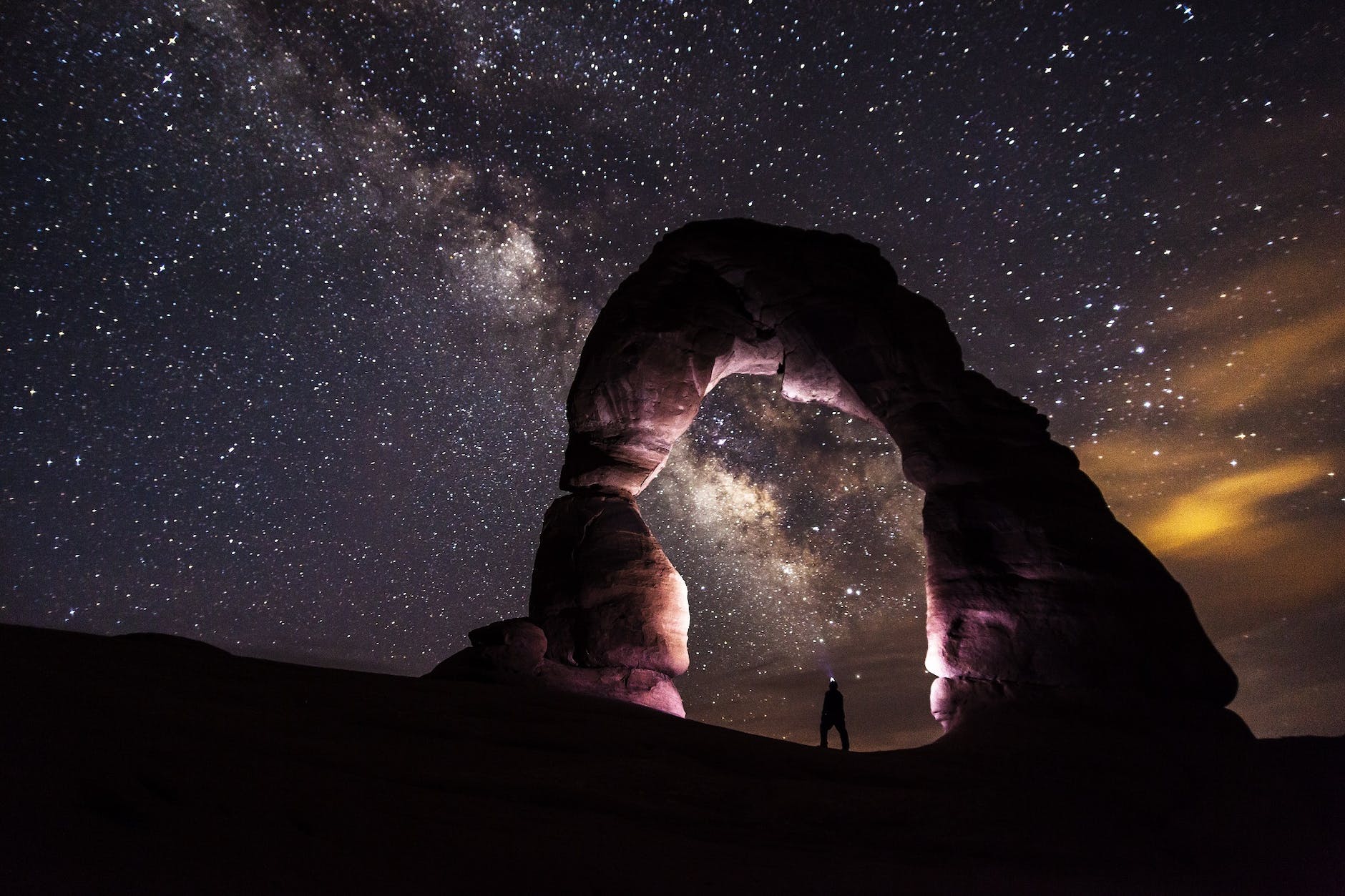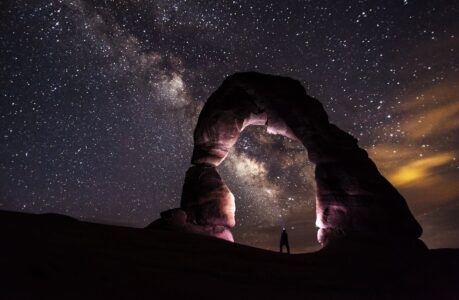Unveiling the wonders of the cosmos and exploring the vastness of the Milky Way Galaxy is an awe-inspiring journey that ignites our curiosity and expands our understanding of the universe. In this article, we will delve into seven breathtaking sights within our galaxy and provide you with essential tips on how to find them. Get ready to embark on a celestial adventure that will leave you mesmerized and inspired.
1. Glorious Galactic Center
As you set out to explore the Milky Way Galaxy, the first destination that should capture your attention is the majestic Galactic Center. Located approximately 26,000 light-years away from Earth, this vibrant hub is home to a supermassive black hole, Sagittarius A*.
To find the Galactic Center, you can start by locating the constellation Sagittarius in the night sky. Look for the famous teapot asterism, and just above it, you will discover a hazy band of light known as the Milky Way. With the aid of binoculars or a telescope, direct your gaze towards the heart of Sagittarius, and there lies the awe-inspiring Galactic Center, a sight that will ignite your imagination.
2. Nebulous Nurseries of Starbirth
Venturing further into the Milky Way, we encounter celestial nurseries, where the mesmerizing process of starbirth unfolds. These regions, known as nebulae, are vast clouds of gas and dust that provide the raw materials for the creation of new stars.
One of the most famous nebulae is the Orion Nebula, visible to the naked eye on a clear night. Located in the constellation Orion, this stellar nursery showcases a tapestry of glowing gases and newborn stars. With a pair of binoculars or a small telescope, you can observe the delicate wisps of gas and the stellar jewels emerging from their cosmic cocoons.
3. Stellar Clusters: Jewels in the Sky
Continuing our exploration of the Milky Way, we encounter stellar clusters, which are dazzling collections of stars bound together by gravity. These clusters come in two main types: open clusters and globular clusters.
Open clusters, such as the Pleiades in the constellation Taurus, are relatively young and contain hundreds of stars loosely scattered across the sky. To locate open clusters, look for distinctive groupings of stars that appear as sparkling jewels against the dark backdrop of space.
Globular clusters, on the other hand, are tightly packed, spherical collections of ancient stars. A famous example is the Hercules Cluster, found in the constellation Hercules. Use a telescope to observe this breathtaking sight, as hundreds of thousands of stars densely populate the cluster, creating a mesmerizing spectacle that will leave you in awe.
4. Supernova Remnants: Cosmic Explosions Frozen in Time
As we journey deeper into the Milky Way, we come across the remnants of stellar explosions known as supernova remnants. These cosmic remnants are the aftermath of massive stars that have reached the end of their lives in cataclysmic explosions, scattering their outer layers into space.
The Crab Nebula, located in the constellation Taurus, is one of the most famous supernova remnants. The explosion that formed this nebula was witnessed by humans in the year 1054, and its remnants are still visible today. With the aid of a telescope, you can explore the intricate filaments of gas and witness the extraordinary power unleashed during the supernova event.
5. Dark Nebulae: Veils of Cosmic Dust
Diving into the depths of the Milky Way, we encounter dark nebulae, mysterious and enigmatic regions where dense clouds of cosmic dust obscure the light from stars and other celestial objects behind them. These dark clouds provide a striking contrast against the starry backdrop of the galaxy.
One of the most famous dark nebulae is the Horsehead Nebula, located in the constellation Orion. This distinctive shape resembles the head of a horse and stands out against the luminous background of the Orion Nebula. To observe this captivating sight, a telescope equipped with a narrowband filter can help you unveil the intricate details hidden within this cosmic veil.
6. Planetary Nebulae: Cosmic Bubbles of Stellar Farewell
Continuing our exploration, we encounter planetary nebulae, which are not, in fact, related to planets, but rather the colorful remnants of dying stars. When a star exhausts its nuclear fuel, it undergoes a series of dramatic transformations, eventually shedding its outer layers and creating a beautiful and intricate nebula.
The Ring Nebula, located in the constellation Lyra, is one of the most famous planetary nebulae. With a small telescope, you can witness its donut-like shape, as layers of glowing gas expand outward from the dying star at its center. This celestial spectacle serves as a poignant reminder of the immense forces at play in the universe.
7. Galaxies Beyond: Intergalactic Voyage
In our journey through the Milky Way Galaxy, we cannot ignore the countless galaxies that exist beyond our own. Observing these distant cosmic islands provides a glimpse into the vastness of the universe and the countless wonders it holds.
One notable target for exploration is the Andromeda Galaxy, our neighboring spiral galaxy. Located approximately 2.5 million light-years away, it is visible to the naked eye under dark skies. With binoculars or a telescope, you can observe its spiral arms and admire its sheer size and beauty.
As you venture into intergalactic space, keep in mind that galaxies can be challenging to locate without the aid of star charts or astronomy apps. However, the reward of witnessing other galaxies, such as the Whirlpool Galaxy or the Sombrero Galaxy, is well worth the effort.
Embark on an Astronomical Adventure
Exploring the Milky Way Galaxy is a captivating endeavor that opens our eyes to the grandeur and complexity of the universe. From the magnificent Galactic Center to the ethereal beauty of nebulae and the enigmatic darkness of dark nebulae, each celestial wonder unveils a unique facet of our cosmic home.
By following these tips and armed with curiosity, a star chart, and the right equipment, you can embark on your own astronomical adventure and unravel the mysteries of the Milky Way. Prepare to be astounded as you witness the birth and death of stars, the remnants of ancient explosions frozen in time, and the vastness of intergalactic space. The wonders of the Milky Way Galaxy await you, ready to ignite your imagination and inspire a deeper understanding of our place in the cosmos.

